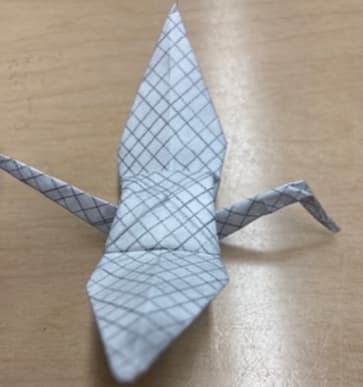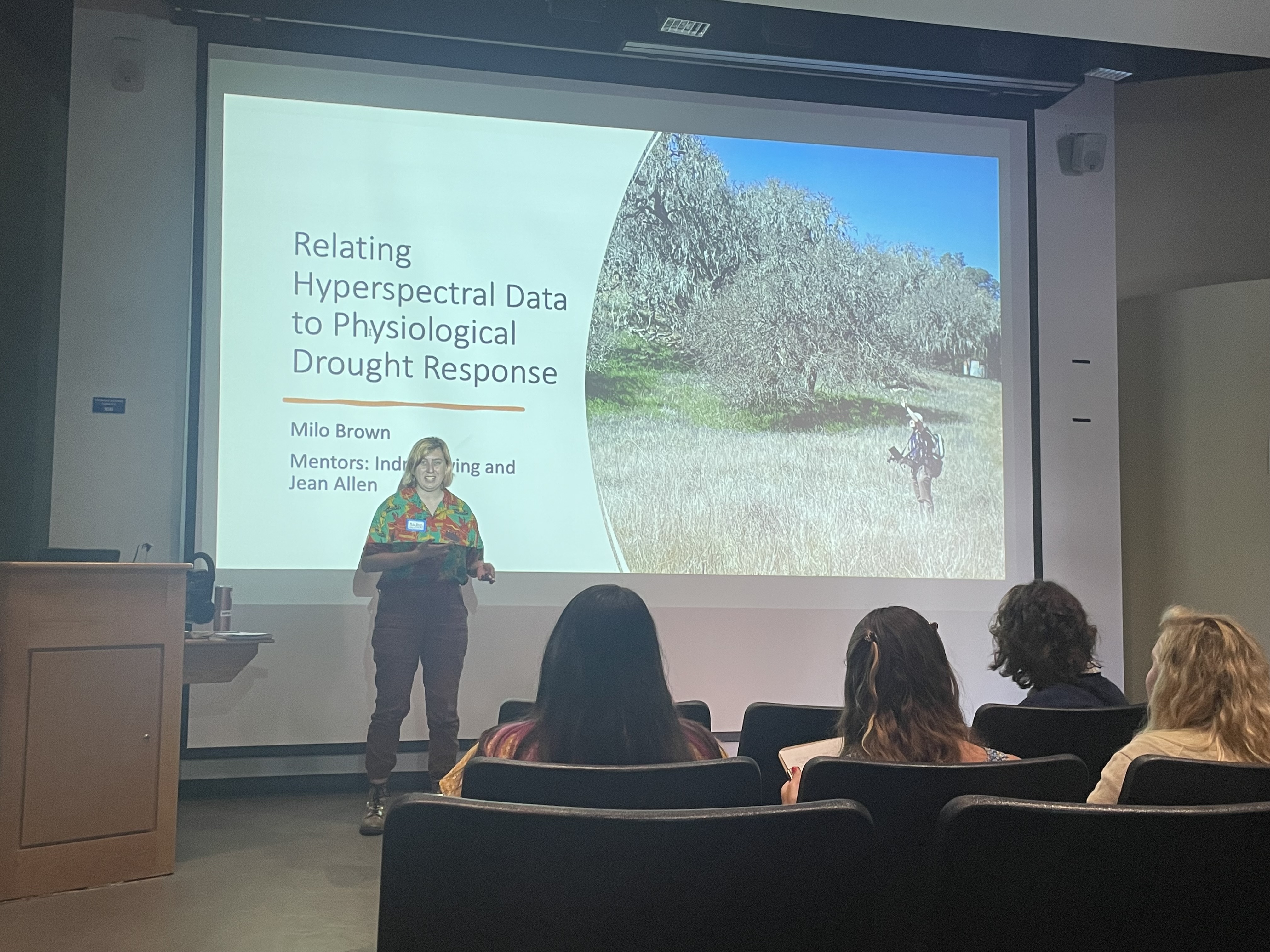1 min to read
Conformal Mapping in Origami
From Life to the stars

In my complex analysis class, I had the incredible opportunity to relate a concept in complex analysis to an everyday application. In ten weeks of hard work and creativity, I wrote a paper relating origami to conformal mapping and received a grade of 100% on the final paper.
Abstract
Although origami began as a ceremonial Japanese art form, this ancient art of folding has widespread modern applications in fields ranging from biomedical engineering to the space industry. These powerful uses drive research in mathematical methods, such as conformal mapping, to design origami structures. Conformal mapping transforms the complex plane, simplifying complicated shapes while preserving the angles between any two curves. In the context of origami, the conformal mapping method inverts the output of a conformal map to design origami crease patterns. The conformal mapping technique can efficiently design foldable conical structures by inverting the complex logarithm.

